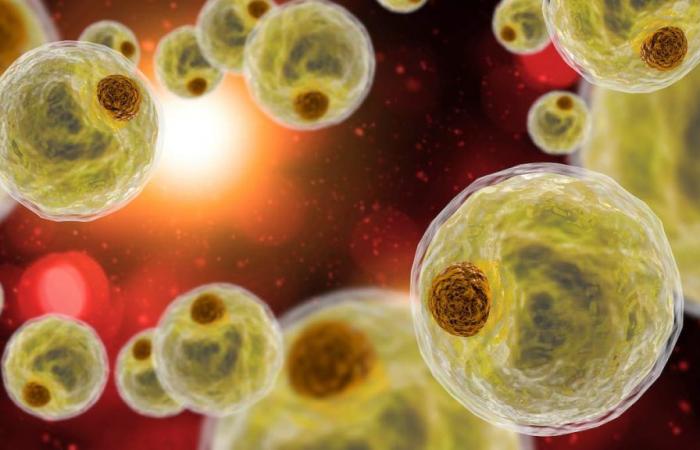A study shows that excess fat accumulation in adipose tissue damages the cells’ energy plants, the mitochondria, and causes a disruption in metabolism that contributes to weight gain caused by calorie overload.
According to a study recently published in The Lancetthe world now has more than a billion obese people, that is to say that one in eight humans has a body mass index greater than 30 kg/m2(1). With a few exceptions (Southeast Asia and sub-Saharan Africa, in particular), all regions of the globe are affected by this epidemic and Canada is no exception to this trend, with approximately 30% of the adult population being obese, three times more than in 1990. This dizzying increase in the number of obese people has catastrophic repercussions on health, because overweight represents an important risk factor common to all chronic diseases, both at the cardiometabolic level (accidents cardiovascular diseases, type 2 diabetes, fatty liver), several types of cancers or even neurodegeneration.
Calorie overload
To accumulate fat, energy intake must necessarily exceed the body’s basic needs. This caloric overload essentially comes from overconsumption of food and not, as is still too often believed, from insufficient physical activity (exercise has enormous positive effects on health, but is relatively ineffective in preventing weight gain). This has been particularly highlighted in recent years with the emergence of GLP-1 agonists such as Ozempic and Mounjaro: the substantial weight losses obtained with these drugs are caused by a drastic reduction in appetite and, in turn, a significant reduction in caloric intake.
Targeted mitochondria
In addition to providing excess energy, we have long known that overconsumption of food profoundly disrupts the metabolism of adipose tissue. The accumulation of fat is toxic to fat cells (adipocytes) and causes chronic inflammation which has enormous repercussions on the entire body, including the development of insulin resistance.
Energy production in our cells occurs at the level of mitochondria, cellular compartments which are truly the energy plants of cells, responsible for the production of biochemical energy (ATP). However, these mitochondria seem particularly vulnerable to excess fat. For example, it has been observed that the adipose tissue of obese people contains much fewer mitochondria than that of lean people and that these mitochondria are smaller and therefore less efficient.
A recent study provides a better understanding of this phenomenon(2). The researchers observed that an obesogenic diet, very high in fat in this case, caused the mitochondria to break into smaller pieces. This fragmentation results in a major loss of the efficiency of these mitochondria to break down fats to produce energy through the process of oxidative phosphorylation, causing the equivalent of a “power outage” within the cell. This phenomenon could explain the marked reduction in the breakdown (catabolism) of fats observed in obese people and the great difficulty these people have in losing weight.
Key protein
An important discovery of the study is that this interference of excess fat with the mitochondria is caused by the action of a single protein, called RalA. When overactivated by the presence of excessive amounts of fat, this protein causes mitochondria to fission and, thereby, prevents them from adequately carrying out their energy function. RalA is added to the list of molecules that can potentially serve as targets for the design of new treatments intended to facilitate weight loss in overweight people.
This type of discovery is very interesting for better understanding the mechanisms involved in the development of obesity and may prove particularly useful for obese people who are at very high risk of complications. However, the fact remains that in the vast majority of cases, obesity remains fundamentally a condition that is caused by poor eating habits and that the solution to the current epidemic lies much more in prevention than in treatment. As a society, we should rethink current timid and ineffective approaches and devote much more effort to combating what has become the main public health issue of the 21st.e century.
(1) NCD Risk Factor Collaboration. Worldwide trends in underweight and obesity from 1990 to 2022: a pooled analysis of 3663 population-representative studies with 222 million children, adolescents, and adults. Lancet 2024; 403:1027-1050.
(2) Xia W et al. Obesity causes mitochondrial fragmentation and dysfunction in white adipocytes due to RalA activation. Nature Metabol. 2024; 6:273-289.






